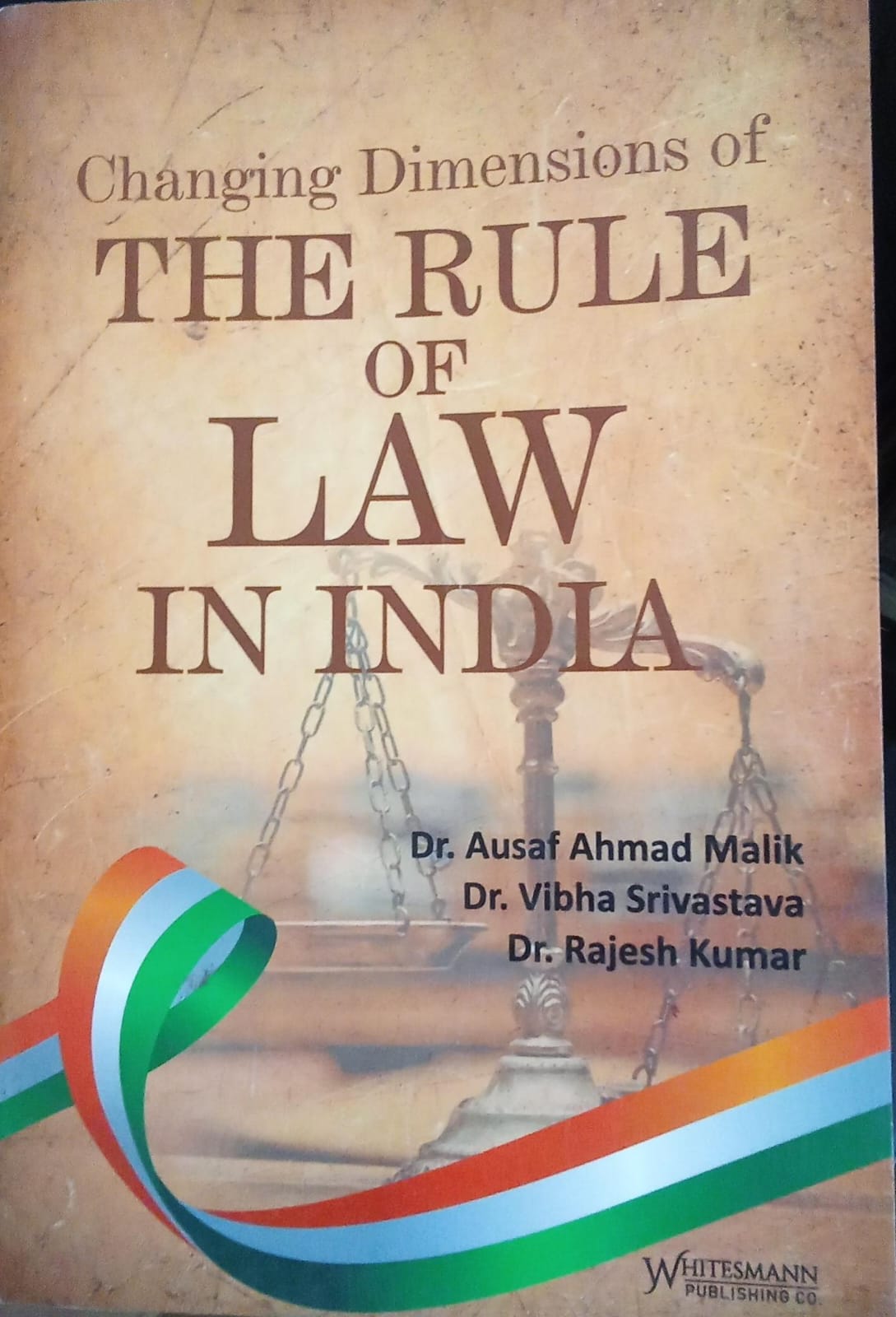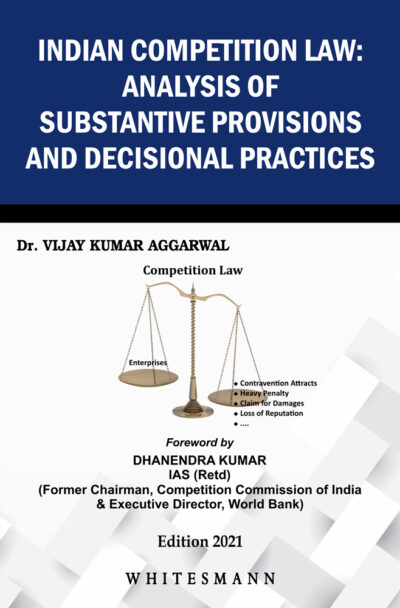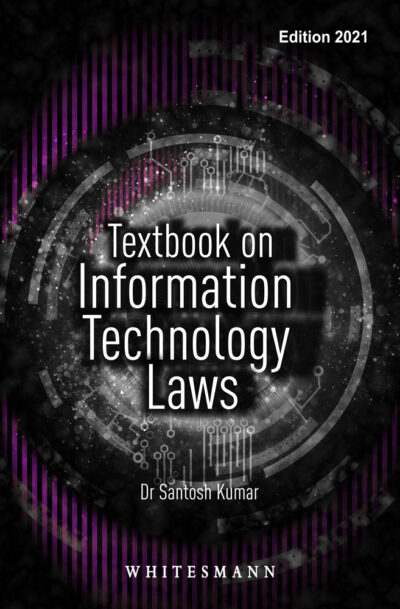Changing Dimension of THE RULE OF LAW IN INDIA
Original price was: ₹495.₹445Current price is: ₹445.
Description
Changing Dimensions of the Rule of Law in India
The concept of the Rule of Law in India has undergone significant transformations, particularly in response to socio-political, economic, and technological developments. Here is a comprehensive overview of how the dimensions of the Rule of Law are evolving:
—
1. Traditional Understanding
The Rule of Law traditionally implies:
Supremacy of Law – No one is above the law.
Equality before Law – Equal protection under the law for all citizens.
Due Process of Law – Fair procedure in the enforcement of rights.
Separation of Powers – Judiciary, Legislature, and Executive operate independently.
These principles were deeply influenced by A.V. Dicey’s interpretation and embedded in India’s Constitution (esp. Articles 14, 19, 21).
—
2. Constitutional Evolution
Expansion of Article 21: From mere protection of life and liberty to a plethora of rights (right to privacy, shelter, health, environment, etc.).
Judicial Activism & PILs: Courts have increasingly interpreted the Rule of Law as a tool for social justice, giving rise to Public Interest Litigation (PIL).
Basic Structure Doctrine: Established in Kesavananda Bharati v. State of Kerala (1973), ensuring that the core principles, including the Rule of Law, cannot be amended.
—
3. Digital and Technological Influence
Data Protection and Privacy: The Puttaswamy judgment (2017) affirmed privacy as a fundamental right, adapting Rule of Law to digital realities.
AI and Governance: Use of AI in policing, surveillance, and justice delivery (eCourts) raises questions on transparency, fairness, and accountability.
Cyber Laws: The evolution of IT laws reflects the Rule of Law’s adaptation to emerging online threats and digital expression.
—
4. Administrative and Police Reforms
Accountability Mechanisms: RTI Act (2005), Lokpal and Lokayuktas Act (2013), and police reforms ensure government actions align with legal norms.
Challenges: Instances of custodial torture, fake encounters, and excessive executive discretion indicate gaps in the implementation of the Rule of Law.
—
5. Economic Liberalization and Social Equity
Post-1991 Economic Reforms: Shift toward market-oriented governance required legal frameworks to ensure fair competition and consumer protection.
Judicial Oversight in Economic Matters: Courts now play an active role in matters like environmental clearances, land acquisition, and economic frauds (e.g., PMLA, IBC cases).
—
6. Environmental Rule of Law
Green Jurisprudence: Indian courts have incorporated environmental rights within the fold of Article 21 (e.g., MC Mehta cases).
Sustainable Development: The Rule of Law is evolving to reconcile development needs with environmental protection.
—
7. Human Rights and Minority Protection
Social Justice and Affirmative Action: The Rule of Law is used as a framework to address historical inequalities (reservation policies, SC/ST rights).
Hate Speech, Mob Lynching & Communal Violence: These challenges test the inclusiveness and impartial application of the law.
—
8. Contemporary Challenges
Judicial Delays and Pendency: Access to timely justice remains a critical issue.
Political Interference: Allegations of misuse of agencies (CBI, ED) affect public confidence in impartial law enforcement.
Freedom of Press and Dissent: Use of sedition laws, UAPA, and restrictions on media have sparked debates on the erosion of democratic Rule of Law.
—
Conclusion:
The Rule of Law in India is no longer just a theoretical ideal but a dynamic and evolving principle. It must constantly adapt to:
New challenges in governance,
Changing societal values,
Technological shifts, and
The global human rights discourse.
Maintaining the balance between individual rights, social order, and state authority is key to preserving the sanctity and utility of the Rule of Law in contemporary India.
—
If you’d like this expanded into a paper, presentation, or tailored for a law exam answer, I can help structure it accordingly.
Additional information
| Binding | Hardbound |
|---|---|
| Language | English |
| Publisher | Whitesmann Publishing |










Reviews
There are no reviews yet.